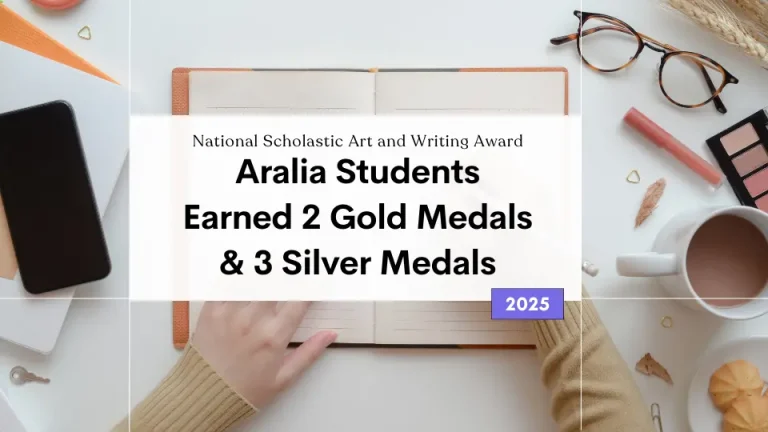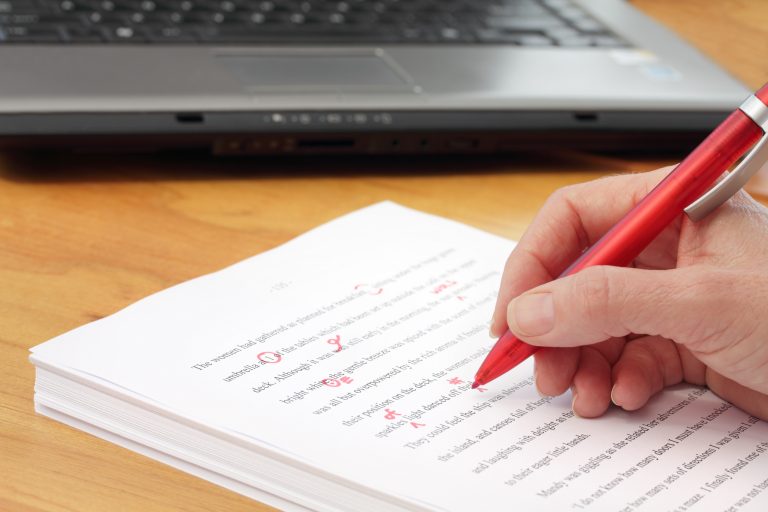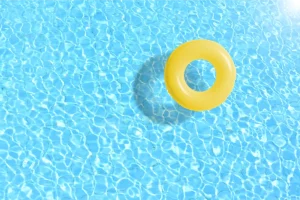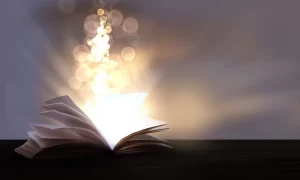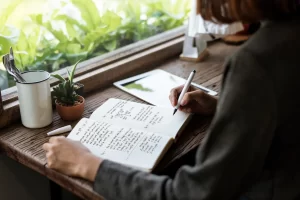LATEST UPDATE ▪️ COMPETITION INFORMATION
EngineerGirl has launched a new competition format for 2026
EngineerGirl Writing Contest
EngineerGirl Writing Contest invites students to combine visual and written expression. Submit an artwork along with a short artist’s statement explaining how it reflects engineering’s impact.
Interested in the competition?
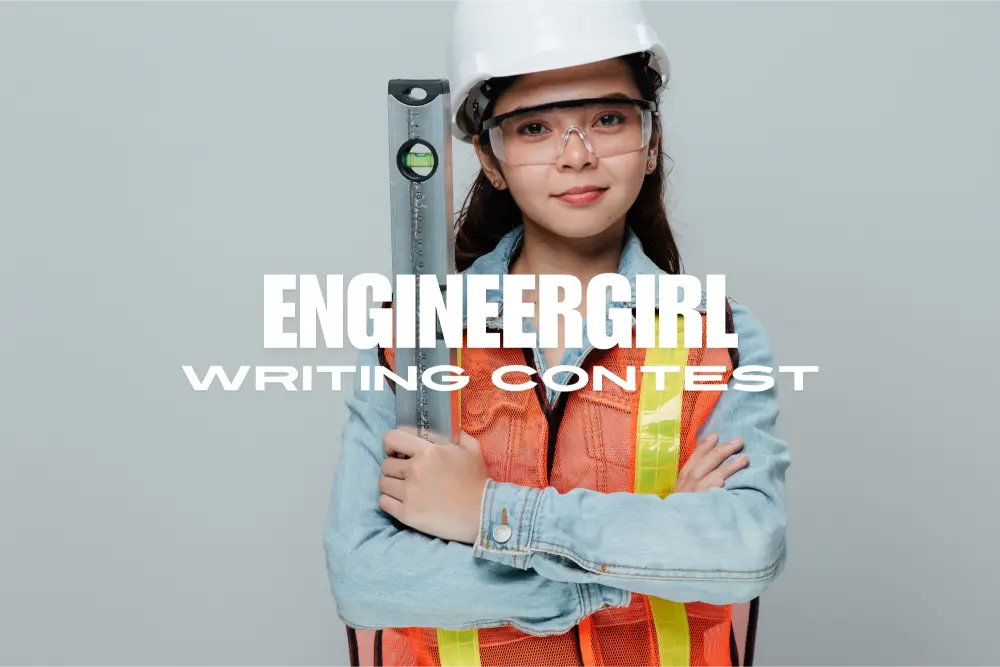
Competition Overview
Students grades 3-12 worldwide
Eligibility
Free
Entry Fee
February 1, 2026, 11:59 PM ET.
Submission Deadline
May 1, 2026
Winners Announcement
📌 Note: Aralia is not the organizer of this competition. For official rules, deadlines, and updates, please refer directly to the competition organizer. Aralia provides listings and information about competitions for student reference. Aralia is an online education platform offering competition preparation classes to students worldwide.
Competition Details
1. Competition Overview
The EngineerGirl Writing Contest invites students to use art to showcase how engineers create a better world. This competition encourages combining engineering design thinking with artistic expression, emphasizing visual storytelling and creative problem-solving. Students will participate in one of the competition categories (based on US grade cateogries):
- Elementary School Students – Grades 3-5
- Middle School Students – Grades 6-8
- High School Students – Grades 9-12
2. Judging
Submissions will be judged by a panel of volunteers, including professionals from various engineering fields. They will ensure that submissions meet all basic rules and evaluate them based on the following criteria:
- Thematic Accuracy/Message
- Perspective
- Creativity
- Engineering Design Process
- Understanding of the Role of Engineering
- Writing and Communication
3. Prizes
Winners in each grade category will receive the prizes listed below:
- First-place winners will be awarded $1,000.
- Second-place entries will be awarded $750.
- Third-place entries will be awarded $500.
Winning entries, along with Honorable Mention entries, will be published on the EngineerGirl website.
Submission Requirements
1. Submission Details
Submissions must include:
- A two-dimensional artwork in any medium.
- A written artist’s statement explaining how the artwork reflects engineering contributions.
2. General Guidelines
- One entry per participant in one category only.
- Work must be original and by a single author.
- Do not include personally identifying information in text or images.

